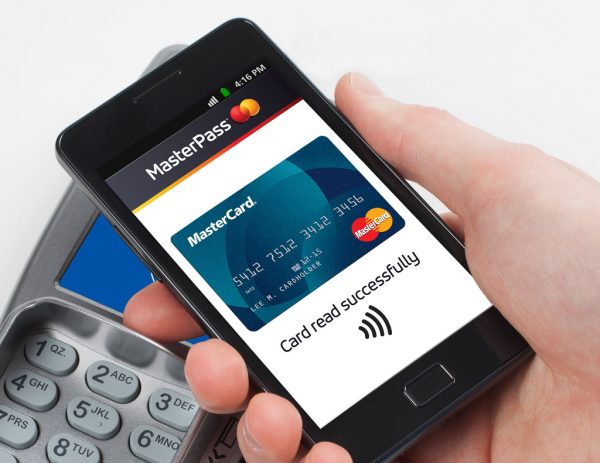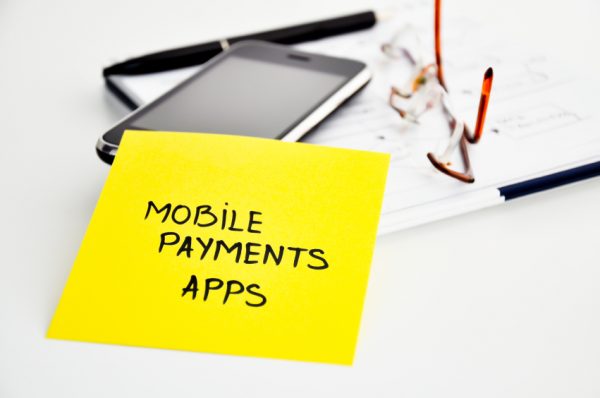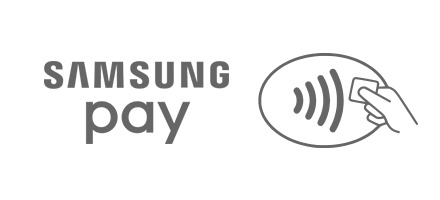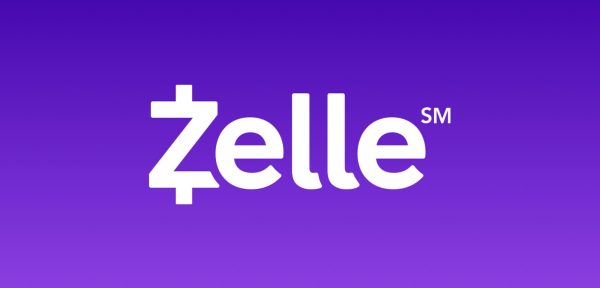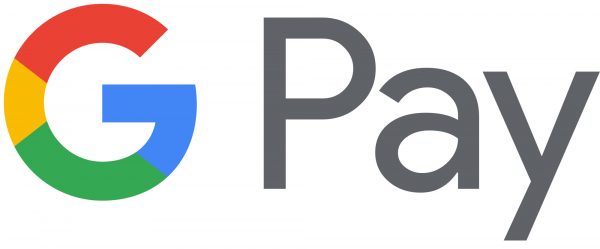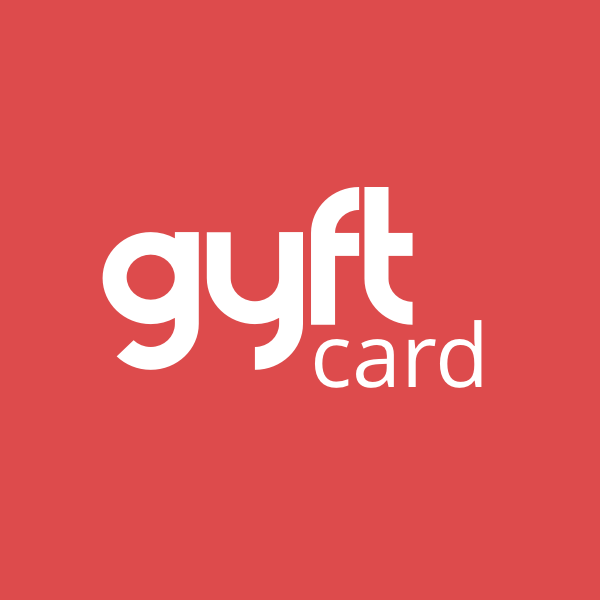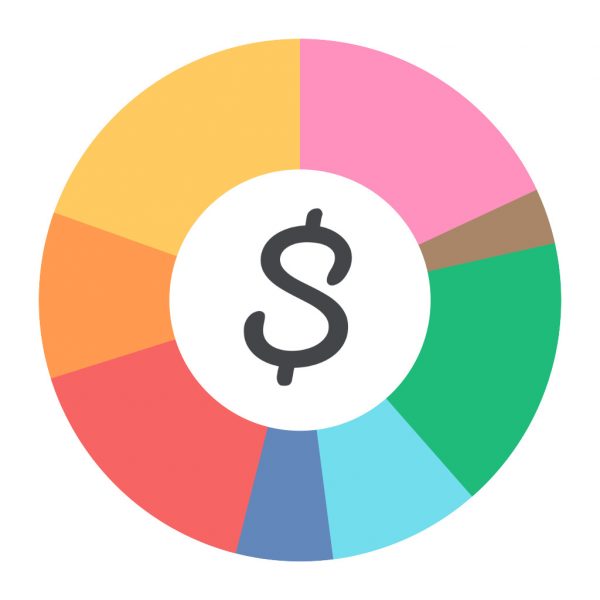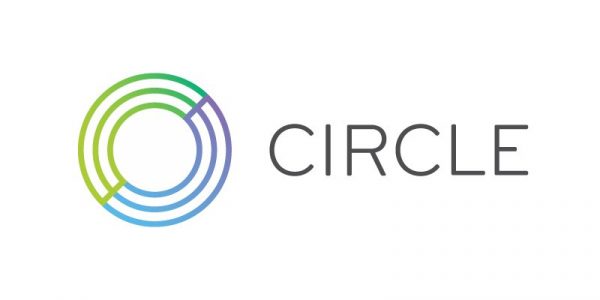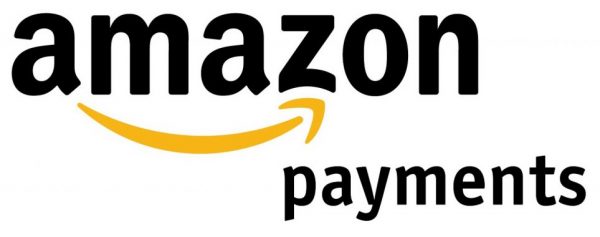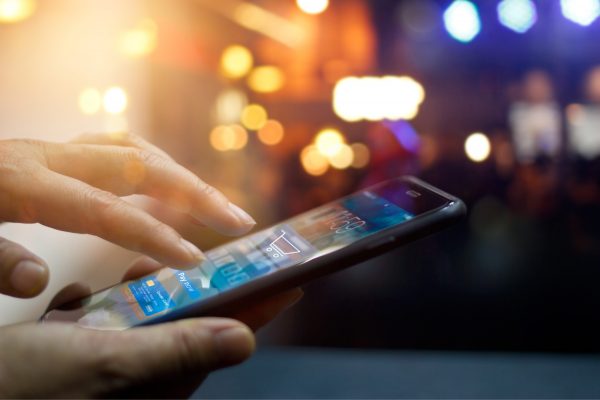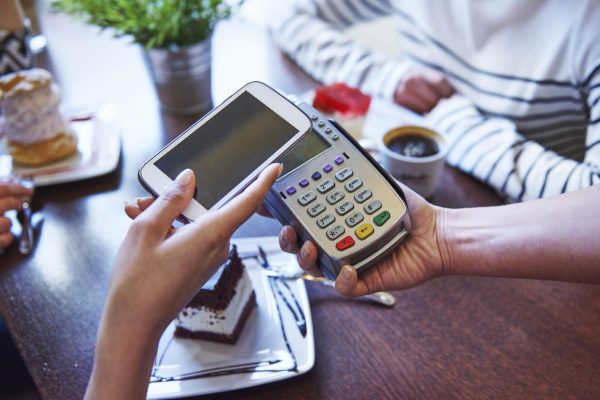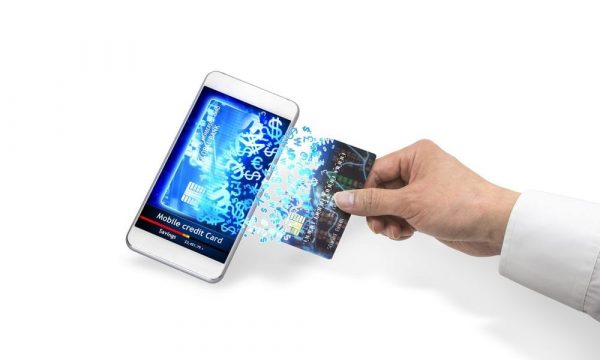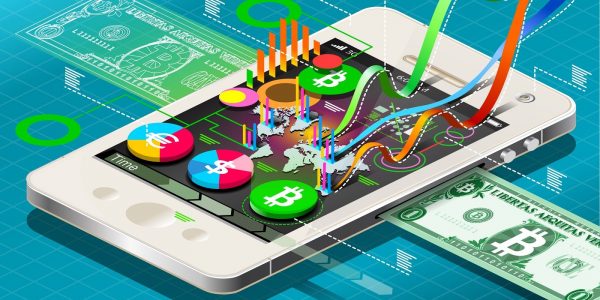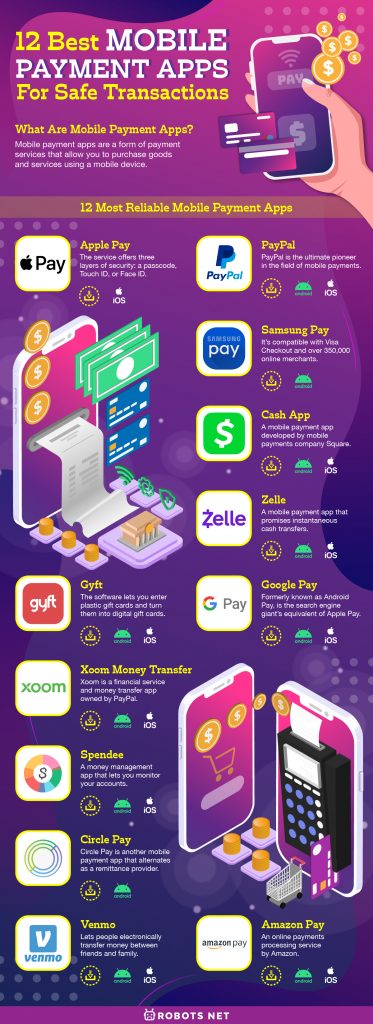But as the market for these apps continues to grow, how do you know what works best for you? Not to worry, we’ll provide you with a quick rundown of the top mobile apps to meet your everyday banking needs.
What Are Mobile Payment Apps?
Mobile payment apps are a form of payment services that allow you to purchase goods and services using a mobile device. Each mobile app takes note of your credit card information and authenticates your identity each time you initiate a payment. Mobile payment apps transfer funds digitally in the place of conventional modes such as cash and cards. You won’t even have to physically swipe your credit card at a store. Select mobile payment apps are also able to execute person-to-person payments and remittances online. Notable mobile wallet brands include Apple Pay, Google Pay, Gyft, and PayPal. Non-cash payment systems have existed since the 1980s. However, it’s only that the technology to support such systems has become widely available. Mobile payment apps are being seen as a more efficient, safe, and convenient form of payment. Mobile payment services are also deployed to extend financial services to those without access to banks. Most users were also propelled to make a switch to cashless payments following the global stay-at-home regulations imposed because of the COVID-19 pandemic.
How Do Mobile Payment Apps Work?
Most mobile payment apps ask for your bank or credit card information to be able to transfer funds to and from your account. The transfer process usually requires a brief verification process to check if you are the legitimate account owner. Popular credit card issuers such as Visa, Citi, Mastercard, and American Express follow similar credit card validation formats. Most mobile payment services are also able to retain your credit card information within the app. This makes subsequent payments easier as you don’t have to keep typing in your details. The only thing you’ll need for subsequent transactions is the security code sent to you via text or other means to validate the transaction.
12 Most Reliable Mobile Payment Apps
Mobile payment apps have become much more common today since the introduction of Near Field Communication (NFC). These apps work brilliantly in turning individual smartphones into a multi-purpose payment solution. It’s a way to pay for things when you didn’t bring cash or forgot your actual card. It’s also a creative and non-intimidating way to ask your friends to pay up. But with an increasingly competitive market for payment apps, making a choice can be hard. Not to worry, because we’ve compiled a list of the best mobile payment apps out there for you:
Apple Pay
Apple has always prided itself on simplicity and sophistication, and the very same principles were applied to Apple Pay. The service is as complex and secure as any app can get, yet it only takes a few simple steps to operate. Apple Pay is one of the first payment apps to feature advanced integration with select stores. Say you want to buy something from American Eagle, Gap, or McDonald’s. All you have to do is to swipe your phone on the NFC counter, key in your password, or means of verification, and the app will handle the rest. The service offers three layers of security: a passcode, Touch ID, or Face ID. And to take things even further, Apple Pay obscures your real card data with anonymized digital tokens. Whenever you make purchases online, this anonymous data is the only information that retailers receive. You get the same type of encryption for services as Android Pay and Samsung Pay. Still, Apple Pay’s encryption changes the numbers each time a transaction is made. Users may also transfer cash via a text prompt or by simply asking Siri. Remittances head straight to your Apple Pay cash balance, which you can then transfer to your bank account. Download Apple Pay on iOS
PayPal
PayPal is the ultimate pioneer in the field of mobile payments. The mobile payment company was first established in 1988, and it’s the first to flesh out the concept of digital wallets. By the year 1999, the company was already churning out email-based payments, and by 2006 it had released the first-ever mobile payment app. The mobile platform is focused on two things: sending and receiving money. This works for both people you know well and people you purchase goods and services from. In fact, these two options are at the front and center of the app when you open it. You can even send an invoice to friends who owe you money so they can pay you using a debit or credit card. It’s called the “pay as a guest feature” and doesn’t require your friends to have an account for them to pay what they owe you. The mobile app has several advantages that make it stand out from other payment platforms like PayPal. That includes lenient rules on credit transfers and secure transfers for purchasing goods and services from people you don’t know. Getting started with the service is also a little more intimate than other apps on this list. And when it comes to keeping buyers and sellers safe, the software uses several methods to prevent fraud and data loss. These include data encryption, real-time transaction monitoring, and buyer and seller protection policies. Download PayPal on Android Download PayPal on iOS
Samsung Pay
Samsung Pay holds a place of distinction among mobile payment apps and services. It’s the only remaining service to accept cards that use magnetic stripes instead of the newer and more secure EMV chip cards. If you’re not sure about the difference, a magnetic card is one that you swipe through a reader while an EMV card is one that you dip. To put it simply, Samsung Pay is just the kind of service to work on almost any card reader available. The software works well with most Samsung phone models, and it’s even installed on the most current releases from Samsung. The setup process is no different from other mobile payment apps. Basically, all you need is a Samsung account, a PIN, and your credit card details. The software makes it possible to link several cards to the service, but the first one you add becomes your Favorite Card. What the software does best is processing online purchases through mobile. In fact, it’s compatible with Visa Checkout and over 350,000 online merchants. The payment process is also very quick and simple. The program also protects user privacy by encrypting credit card details and using digitized tokens instead of the actual numbers. The service is also protected by Samsung Knox, which monitors the devices for suspicious behavior. The software includes a Store section for purchasing gift cards and a Deals section for almost everything. Frequent users of the app also get incentives like rewards points. Samsung Pay’s compatibility with a wide number of merchant apps and the quick payment process it offers makes it the perfect app for contactless purchases. Samsung Pay is exclusively available for Android. Download Samsung Pay for Android
Cash App
Cash App, formerly known as Square Cash, is a mobile payment app developed by mobile payments company Square. The app enables users to make digital transfers to friends and family. Cash App lets you request or sends cash to anyone, and they don’t even need to have a Cash App account. If you want to pay someone or receive payment from them, all they have to do is click on the Cashtag page attached and enter their debit card information. A separate app model is being used for business purposes and requires a special Cash App business account. Getting started with the Cash App is relatively easy. Just enter a phone number or email address, and take note of the confirmation code. You can then add in your name and create your own “Cashtag” or unique Cash app name to send and receive payments. Then, you will need to link a debit card or credit card to your account. Simply enter the amount of money you want to pay or receive, then tap Pay or Request. Then you can add a name from your address book along with a short note. The system asks for a PIN code or fingerprint scan before transferring funds. And although debit card transfers are free, the app charges a three-percent fee for credit card transactions. The app lets you send anywhere between USD 250 to USD 2,500 per week, depending on which state you live in. Meanwhile, there’s no limit to the amount of cash you can receive. But additional verification is required for amounts exceeding USD 1,000. You can even refund a person who paid you through the app. Cash App is, overall, a simple and versatile solution for long-distance payments. Download Cash App for Android Download Cash App for iOS
Zelle
Zelle is a mobile payment app that promises instantaneous cash transfers. The software is the result of a joint project between several popular banks, including Bank of America, Citibank, Capital One, Chase, Wells Frago, and a dozen other banks. These banks banded together to create their own version of an app that would allow customers to send and receive cash. Zelle also allows users to split bills with your friends and family. Like Cash App, Zelle allows users to send money to or request the cash from anyone. However, both you and the person you’re transacting with should have a bank that belongs to the consortium of banks that work with Zelle. Extra steps will be required for external banks. The integration allows for almost instantaneous cash transfers at no additional cost. You can use the service within your own bank’s mobile app or by downloading the app separately. But remember the qualification for free transactions. Both your bank your friend’s bank should be on the list of banks that support the service. The service is exclusive to areas within the U.S. only. That means if your recipient or payee belongs to another country, you might have to rely on another mobile payment service. Overall, we find that Zelle is a fast and simple way to send and receive money, with much of its features owed to the consortium of banks that support the service. Download Zelle for Android Download Zelle for iOS
Google Pay
Google Pay, formerly known as Android Pay, is the search engine giant’s equivalent of Apple Pay. The software lets you make in-store payments with your phone using NFC and allows users to make purchases online. The service works with most Android phones and a few smartwatch models. Google Pay intuitively replaces Android Pay as a mobile app. That means if you had previously installed Android Pay and had a card enlisted in that service, you will no longer need to download Google Pay. Purchasing items online with Google Pay is also relatively straightforward. Say you want to purchase a pair of sneakers from a store. All you have to do is to unlock your phone, hold it in front of the NFC scanner, and your payment will go through with no further actions. Other services like Apple Pay and Samsung Pay usually require biometric login or PIN, but Google Pay does not. It must be noted, though, that Google Pay only works with terminals that support NFC scanners. And when it comes to security, the system uses encrypted code to protect your credit card details. The system claims to use multiple security layers to protect your account, even though it doesn’t detail the measures. The program is overall a serviceable payment option, although we do wish it had person-to-person payment capabilities. Download Google Pay for Android Download Google Pay on iOS
Gyft
Gyft is also a secure app, allowing users to manage, store, and check the balance of digital gift cards purchased. Gyft is, overall, a great app for managing and storing gift cards digitally. And although it can’t be used to transfer cash like mobile payment apps, it does have a very similar mechanism. Download Gyft for Android Download Gyft for iOS
Xoom Money Transfer
Xoom is a financial service and money transfer app owned by PayPal. The service specializes in sending money abroad to friends and family. The app facilitates person-to-person payments, as well as for topping up foreign phones and paying overseas utility bills. Unlike most big money sending apps that only work with parties both inside the U.S., this app works in over 66 countries. That includes most of Central Asia, Latin America, and Europe. This number is higher than the number of countries catered to by Skype, which only services up to 30 countries. Xoom is closer to Western Union than it is to Google Pay or Samsung Pay. The service is designed for person-to-person remittances. As such, it doesn’t include in-store or online payment options. Nevertheless, it’s reliable at being able to send money to others when needed. One of the most notable advantages of the software is that it doesn’t require recipients to have a Xoom account or even a smartphone or bank account. Recipients will need the Xoom tracking number and a valid ID to pick up the cash. But since these are overseas transfers, there may be exchange fees and other charges. The exchange rates and fees vary per country, but you can expect approximately a 5-dollar charge per transaction. You can send a minimum of USD 10 per remittance, or a maximum of USD 10,000 per remittance. The remittance process itself takes anywhere from five minutes to an hour, depending on the location. Xoom is a quick and reliable way to send and receive money over long distances. It’s also one to give Western Union or LBC a run for their money. Download Xoom on Android Download Xoom on iOS
Spendee
Spendee is a money management app that lets you monitor everything related to your accounts. The app mainly takes note of your monthly expenses, bills, and even earnings. While the program doesn’t fall into the strict category of a mobile payment app, it keeps track of all your payments from multiple bank accounts. The app can’t be used to send or receive money, but it’s the perfect spot to consolidate all of your financial information. You can import your bank transactions and let the app categorize them for you. That way, you’ll be able to check your monthly expenses. You can manually add cash expenses for a more accurate picture of where your money goes. Spendee allows you to create shared wallets. This feature keeps tabs on shared expenses between couples, friends, or family members. A bill tracker feature compiles bills on your behalf and reminds you to pay for them before they’re due. The app also lets you create budgets for various spending categories and keeps track of your progress for each. And if you’re going on a trip or another special event, you can create a budget for that specific event. The software also allows users to analyze their spending habits and budgets with simple and easy-to-understand graphics. Spendee is overall very useful for keeping track of your financial health across multiple bank accounts. It’s also a great way to gain awareness about your own financial habits and change them for the better. Check out other budgeting apps to help you regain control of your spending. Download Spendee on Android Download Spendee on iOS
Circle Pay
Circle Pay is another mobile payment app that alternates as a remittance provider. The software lets you send or receive money from anyone on your contacts list. That is, you can send money to someone in another country or ask to receive payment with a set amount. You can also convert remittances from U.S. Dollars to Euros or British pounds, and vice versa. You can store cash pulled from your debit card into an in-app wallet. And if you don’t need it, you can place the money back to your debit card or bank account. The software also offers plenty of options for customization and security. For example, you can choose among Touch ID, two-factor authentication, or PIN lock to keep your money safe. The software also gives you the option to show nearby users, among others. Circle Pay doesn’t impose exchange rates and additional fees, but only for remittances made from debit cards. Remittances made off of credit cards still take into account exchange rates and other fees. A major benefit is that the app doesn’t set a minimum or maximum amount for remittance, which is another thing to love. Remittances can take anywhere from three to five days before being available to the recipient, and this largely depends on location. If you’re on the receiving end, though, make sure to click the Cash Out button to get the money into your bank account as it doesn’t get there automatically. Oh, and you also get five dollars for referring a friend to the service. Circle Pay is overall a great option for conducting fast money transfers but without the fees. Circle Pay is exclusively available for Android. Download Circle Pay on Android
Venmo
Venmo is another mobile payment app acquired by PayPal in late 2013. Venmo’s platform lets people electronically transfer money between friends and family. Its purpose is to allow people to split bills and other payables. The software requires a debit or credit card to be linked to the services as a source of funds—the app requests for your permission to integrate with your Facebook account. The app searches through your friend list to identify individuals who also use the service. You can then send money, ask for money, or split the bill with any of your friends. Sending money to acquaintances who aren’t part of your friend list is also possible through Venmo Codes. With this, you simply point your camera to capture your friend’s QR code, and you can send or request money. Venmo received several upgrades from the mobile PayPal. That means you can now use Venmo on any site that offers PayPal as a payment option. The software was also integrated with Siri, and you can simply instruct Sir to pay for your transactions via Venmo. Venmo also enjoys the same security protocols as PayPal. There’s also a good process for keeping your account locked in the event that your phone gets lost or stolen. When it comes to exchanging rates thought, the software charges a three percent fee on funds taken from a credit card or a non-major debit card. The app is focused on person-to-person remittances though, which means using Venmo for business-related transactions is prohibited. Venmo aims to reintroduce the human factor into otherwise straightforward and instantaneous digital transactions, ultimately making money transfers less robotic and more social. Download Venmo on Android Download Venmo on iOS
Why Is It Worth Using a Mobile Payment App?
There were always a few disadvantages to traditional forms of banking. And it seems mobile banking apps seeks to offer a solution in the form of cashless payments. Instead of fumbling with cash or credit card, you can now make a purchase with a few taps of a button on your phone. And instead of heading to a remittance center to send money, you can now send cash to loved ones through your phone. Cash transfers are no less complicated than sending a text, and the funds are available almost instantaneously.
Convenience
More traditional payment modes used to require trips to the bank or the ATM for making deposits and withdrawals. But with the advent of mobile apps, more and more people can purchase goods and services online and in the safety of their homes. We can’t overemphasize the convenience of sending and receiving money with a few simple clicks on a mobile phone. An increasing number of stores are also now able to expand their payment options to include cashless payments. Mobile payment apps offer a quick way to reimburse a friend for a concert ticket, help a family member out with a bill, or even pay for something at a store without bringing your wallet with you.
Accessibility
It’s also important to note the importance of mobile payment apps in terms of accessibility. A good 60% of the world’s population owns a mobile device, and that’s equivalent to almost 4.78 billion people who could benefit from cashless transactions. Mobile payment apps also present a very simple way for unbanked or underbanked populations to access financial resources. More than 50% of the world’s population has limited access to banks, and mobile payment apps will allow them to conduct cashless transactions at long distances.
Security
Most mobile payment solutions are also very secure—in fact even more secure than the old-fashioned swiping of the card at the counter. And because you no longer need to go to the store to make a purchase, these mobile apps eliminate the risk for point-of-sale (PoS) fraud. Most mobile payment options are also equipped with user authentication, data encryption, and runtime application protection protocols to protect against fraud, identity theft, and phishing. Most apps use two-factor user authentication that uses additional layers of security when executing transactions. There’s also data encryption that obscures your credit card details so nobody can see them online. Meanwhile, runtime encryption protocols keep your data secure even as the system is processing it. Some mobile payment apps also offer the ability to erase their data on a smartphone remotely. This works for keeping your account secure for when your phone is lost or stolen.
Disruptive Technology
Mobile payment apps are, in some ways, a form of disruptive technology, in the sense that the technology has radically revolutionized the way people pay for things. Even now, it seems innovation in the sector is nowhere near slowing down. Shortly, we can expect to see more biometrics-based mobile payments. Advanced mobile payment apps will begin to ask for your selfie, fingerprint, or iris scan to authorize transactions instead of a username and password. Mobile payments are evolving at a rapid pace, and they say eventually it will move beyond mobile phones and tablets. We don’t know what that means for the future of FinTech, but it looks great. Another equally promising development in the FinTech industry is Bitcoin. To find out more, check out this article about the best Bitcoin wallets for safe and secure transactions.
Final Thoughts on Mobile Payment Apps for Secure Transactions
While mobile payments started as an alternative payment method, it won’t take long until they become the norm. That is more true now than ever before as the platform begins to adopt new technology solutions for faster and safer transactions. The success of the platform is owed mainly to its ability to carry out contactless payments. And the scope of those abilities includes everything from online shopping, person-to-person money transfers, payment requests, and even budgeting. And need we add, they’re also simple to operate and don’t demand much in the way of requirements. Most of us take mobile payments for granted. Still, maybe it’s time to give this fantastic technology the recognition it deserves. For additional mobile payment options, check out this list of the best PayPal alternatives to handle digital payments.

